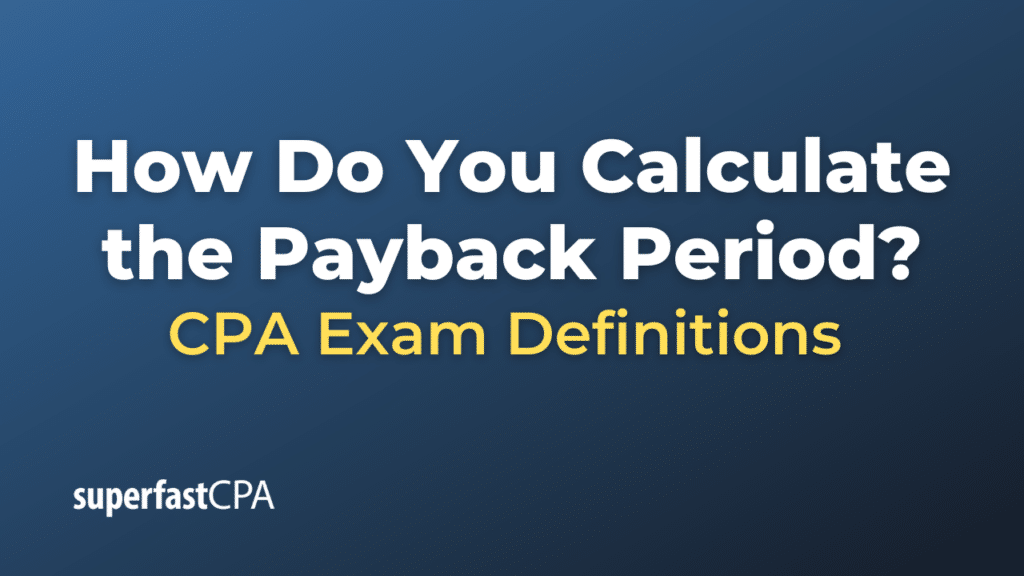How Do You Calculate the Payback Period
The Payback Period is calculated by dividing the total initial investment by the expected annual cash inflows. The formula is:
Payback Period = Initial Investment / Annual Cash Inflows
Here are the steps:
- Identify the initial investment. This will be the total upfront cost of the investment.
- Identify the annual cash inflow. This is the additional annual earnings or savings that will be generated by the investment. This should take into account the incremental revenues and/or cost savings, not the total revenues or savings.
- Divide the initial investment by the annual cash inflow. This will give you the payback period, or the number of years it will take to recover the initial investment.
It’s worth noting that the Payback Period method doesn’t account for the time value of money, or for any cash inflows that occur after the initial investment has been paid back. It’s a simple measure that gives you a basic idea of how long it will take to recoup your investment, but it doesn’t provide a complete picture of an investment’s profitability or financial impact. Other methods, like the Net Present Value (NPV) or the Internal Rate of Return (IRR), should also be used when making investment decisions.
Example of How to Calculate the Payback Period
Let’s consider an example to illustrate how to calculate the payback period:
Imagine a company is considering investing in a new project that costs $100,000 upfront. The project is expected to generate an additional $25,000 in net cash inflow each year.
To calculate the payback period, you would divide the initial investment by the annual net cash inflow:
Payback Period = Initial Investment / Annual Cash Inflows
Payback Period = $100,000 / $25,000 = 4 years
This tells the company that it will take four years to recover the initial investment of $100,000. After this period, any net cash inflows the project generates can be considered profit.
Keep in mind that the payback period is a relatively simple investment appraisal technique and does not consider the time value of money or cash flows after the payback period. It’s generally best used in conjunction with other methods such as Net Present Value or Internal Rate of Return for a more comprehensive evaluation of a project’s financial viability.













